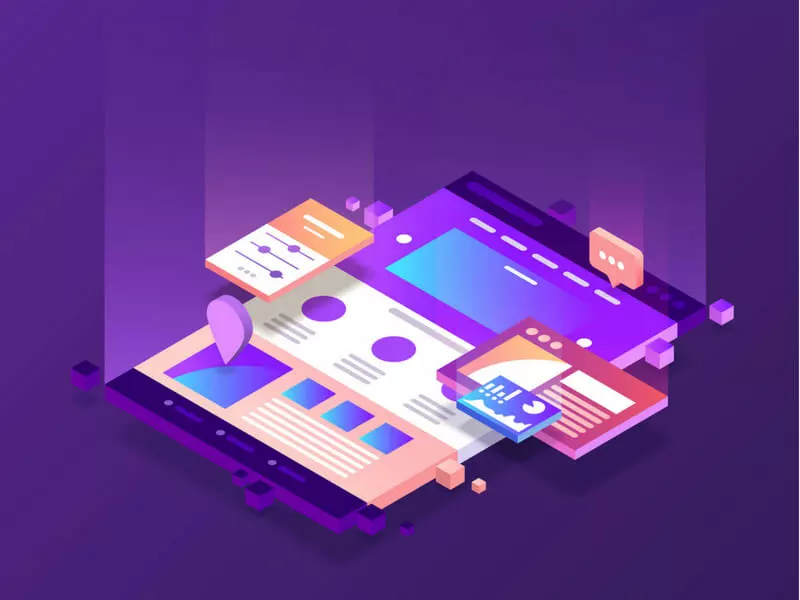Picture this scenario: You recently hired several new employees, including a handful of college grads, a senior-level worker in her thirties, and two industry veterans in their sixties.
You’ve begun the onboarding process, and now it’s time to introduce the new hires to your enterprise software systems. Here, an important question arises:
Do generational differences demand different approaches to software training?
Your answer to this question will have a direct impact on your new employees’ success, as well as your bottom line.
Make software training easy for everyone. Discover how.
The cost of ineffective software training for new hires
There are many consequences of ineffective software training.
First, it quickly translates to slower onboarding and lost productivity. It can also lead to decreased engagement and employee overwhelm, which can harm the overall employee experience.
The most painful consequence of ineffective training is early turnover. Replacing an employee can cost up to 50%-60% of his or her annual salary, amounting to hundreds of thousands of dollars a year, according to research from the Society for Human Resource Management.
Multigenerational workforce training in the digital age
People today are working longer and retiring later. The modern workforce includes employees ranging from 18 to 70 and beyond.
Identifying the most effective way to train a multigenerational workforce has become a major challenge for training managers.
Age might influence employees’ career goals and expectations. However, there are many misconceptions about how generational differences affect the way workers learn, especially when it comes to technology.
Conventional wisdom suggests young people are innately tech-savvy, while everyone else is struggling to find the “on” button. But research shows this is not the case.
Who struggles the most with tech?
It’s time to dispel the myth that older employees are intimidated by technology or don’t know how to use it.
According to a survey of more than 4,000 workers in the U.S. and Europe, millennials actually experience slightly higher rates of difficulty using workplace technology than baby boomers.
- 36% of employees between 18 and 34 said they find workplace technology stressful, compared to 25% of employees who are 55 or over.
- 37% of employees between 18 and 34 reported difficulty working with multiple devices, compared to 13% of respondents who are 55 or older.
- Employees who are 55 and up use an average of 4.9 forms of technology per week, compared to the overall average of 4.7 across all ages.
You may be surprised that baby boomers reported less stress and frustration using workplace technology than millennials, but keep in mind the difference is small.
The more important takeaway from the survey is that software frustration exists in both age groups, and this hurts organizational productivity.
Software learning is difficult for everyone
No matter the age of the student, traditional approaches to training, such as classroom learning, training manuals, or webinars, are ill-equipped for complex software.
While they might have once been effective for simpler aspects of employee onboarding, these outdated training methods fail to meet employees’ needs when learning to navigate new digital platforms.
More progressive training models, such as contextual learning, would be more effective.
Contextual learning is the ultimate trans-generational training solution
Let’s go back to our initial question: Do generational differences demand different approaches to software training?
I’d argue that the answer is no.
I am not suggesting that all employees have the same technological aptitude — that is impossible. I am saying that the differences are marginal, and the way we approach software training should be holistic rather than segmented.
With digital tools that enable contextual learning, organizations can use one solution to provide individualized training on a company-wide scale.
How contextual learning works
This breed of software delivers tailored guidance in real time based on context-sensitive factors, such as the user’s actions, their job title, the goals of the department, and even the time of day. Age may be one of many factors the solution analyzes.
Similar to the way a GPS app directs drivers at every turn, contextual learning solutions provide users with step-by-step guidance to enable real-time learning. This means they can perform tasks and become productive as they learn to navigate a new software system.
The end result is faster time-to-competence, greater ability to utilize a wider range of features within the platform, and fewer internal support tickets. All of this adds up to a higher return on your technology investment and higher software adoption.
One solution, but not “one-size-fits-all”
Employees from different generational groups may experience technology in different ways, but that doesn’t mean each requires a separate approach to software learning.
A digital training tool that enables contextual learning is not a one-size-fits-all solution. Rather, it’s a solution that learns to fit each individual user for the best possible outcomes.





